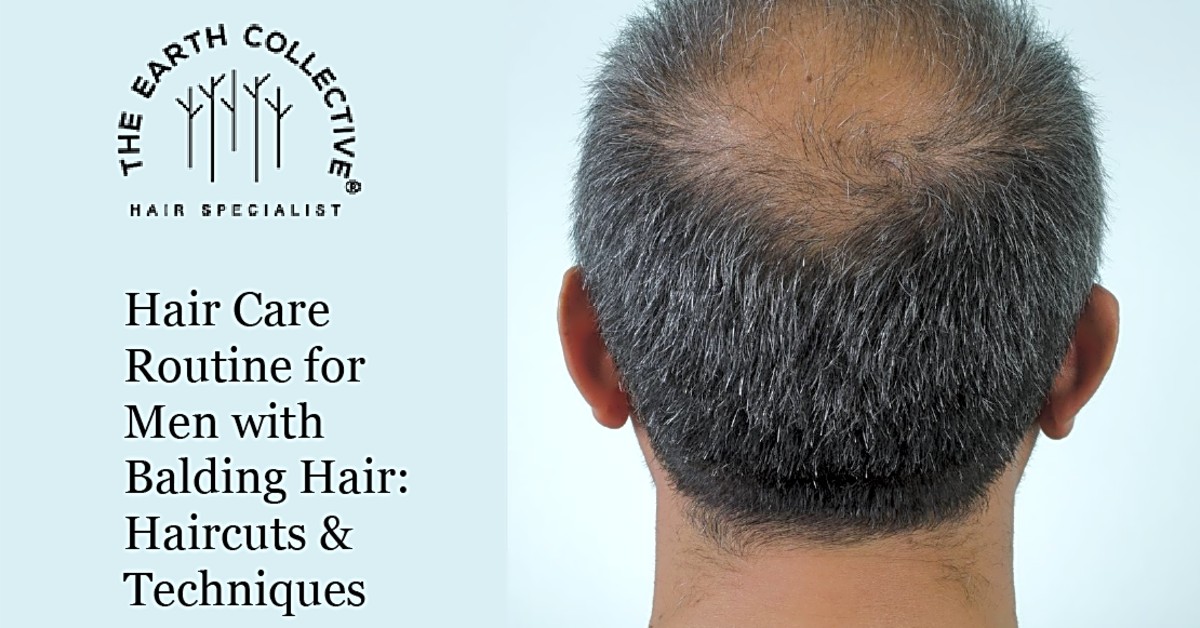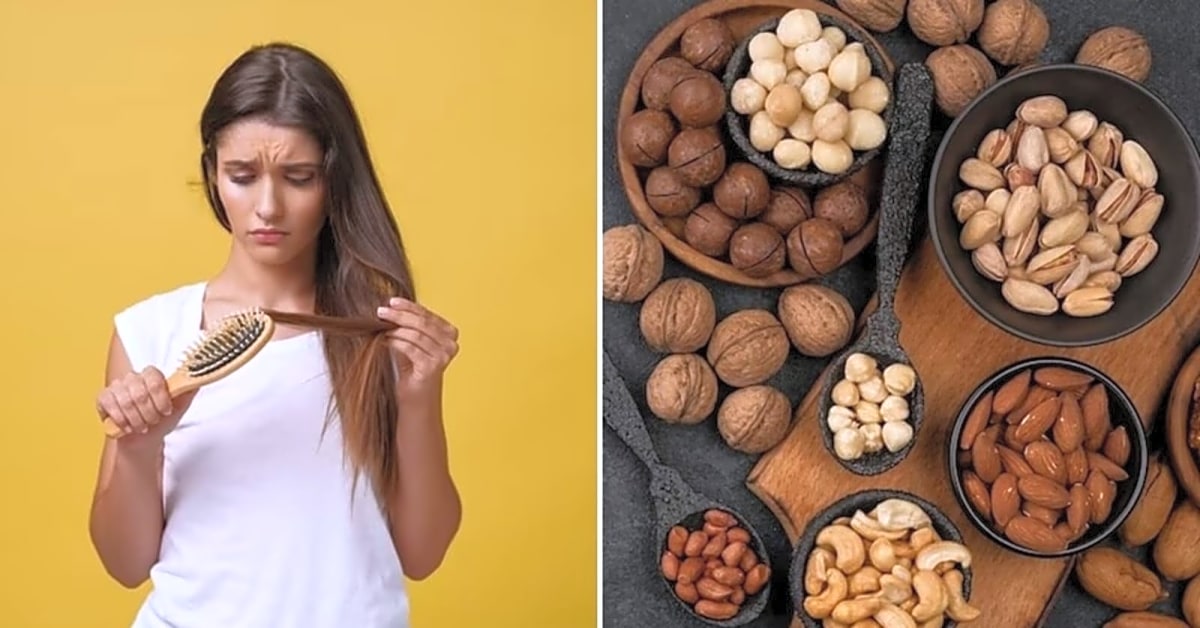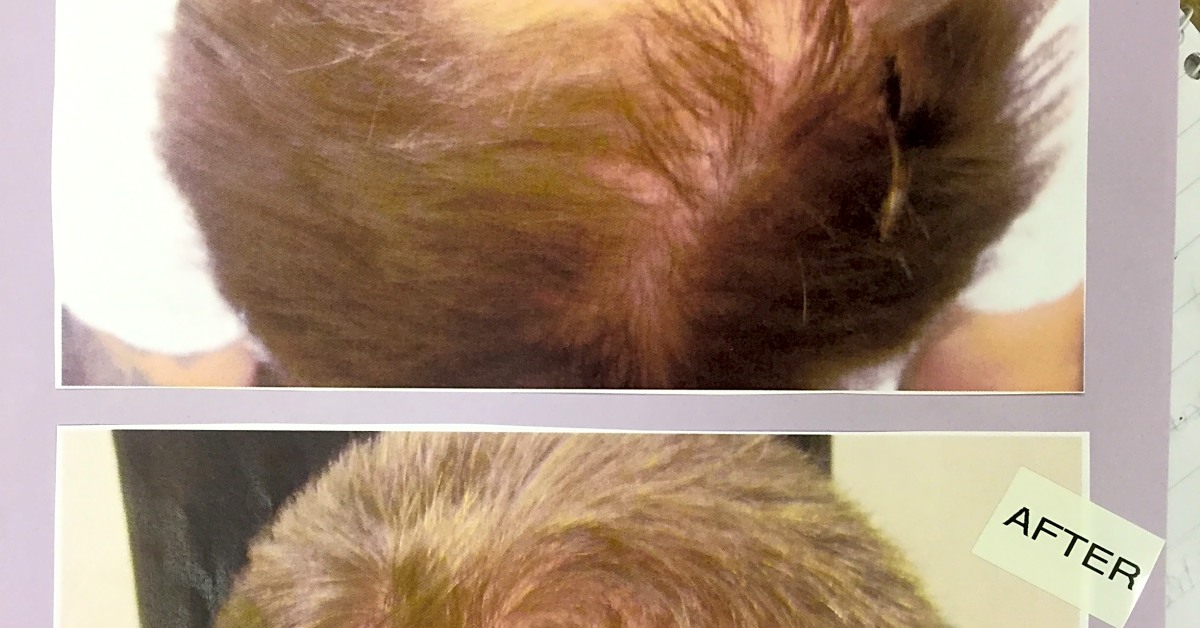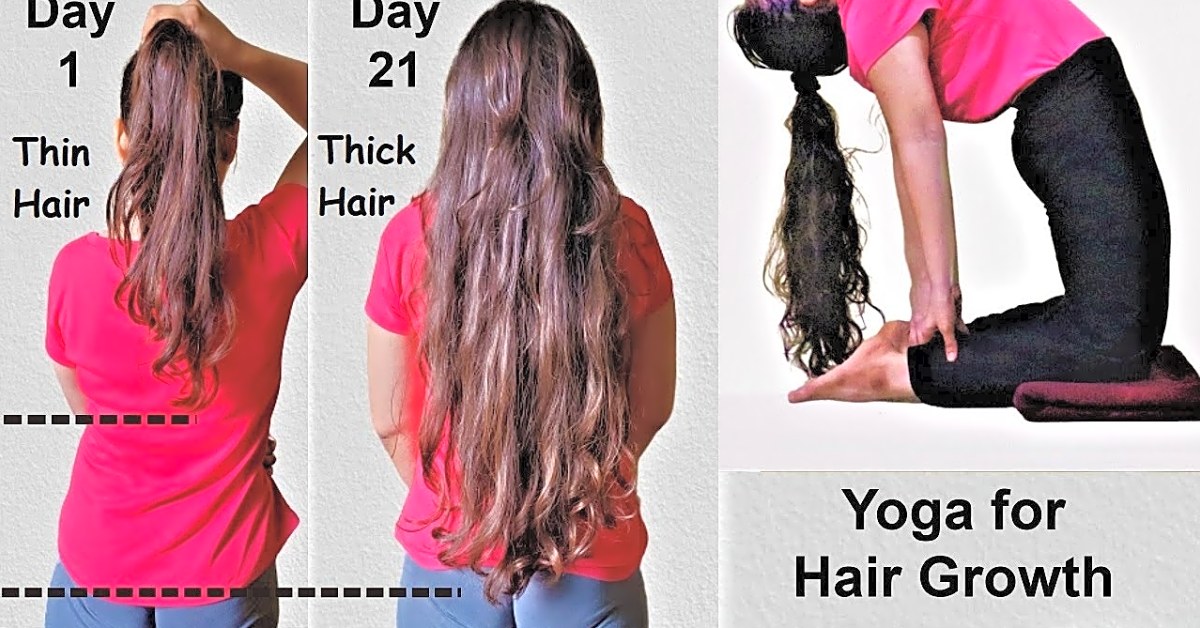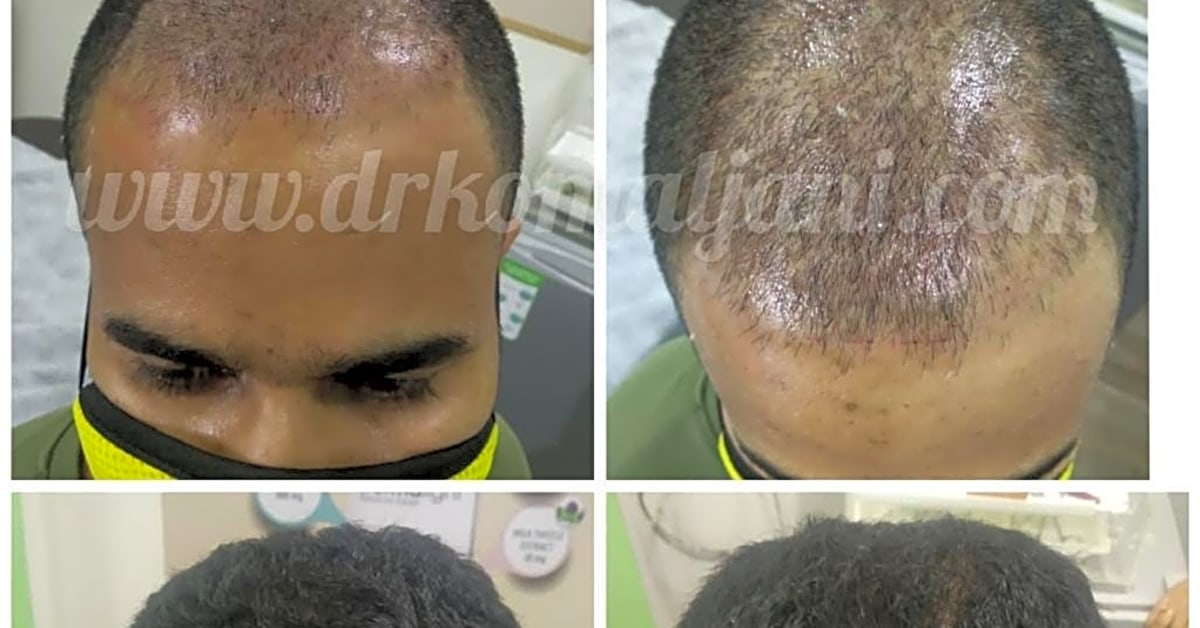Male pattern baldness is a common hair loss condition that affects millions of men worldwide. It is characterized by a receding hairline and thinning of the hair on the crown of the head, eventually leading to complete baldness. While it is a natural part of aging for some men, others may experience male pattern baldness at a younger age due to genetic factors. Regardless of when it starts, male pattern baldness can be a source of frustration and insecurity for many men. However, there are ways to manage and prevent this condition with a proper hair care routine. In this article, we will discuss some tips and solutions to help you maintain a full head of hair and boost your confidence. So, whether you are already experiencing hair loss or want to prevent it, keep reading to learn more about managing male pattern baldness.
Welcome to our comprehensive guide on preventing and managing male pattern baldness. If you’re one of the many people searching for information on how to stop or slow down hair loss, or ways to regrow your hair, you’ve come to the right place. In this article, we’ll discuss the main causes of male pattern baldness, including genetics, age, and hormonal imbalances. It’s important to understand these factors in order to choose the best treatment options for your specific situation.
To start, let’s take a closer look at genetics. Male pattern baldness, also known as androgenetic alopecia, is primarily caused by an inherited sensitivity to dihydrotestosterone (DHT). DHT is a hormone that can cause hair follicles to shrink and eventually stop producing hair. This sensitivity can be passed down from either parent and can affect both men and women.
Next, age is another significant factor in male pattern baldness. As we get older, our hair follicles shrink and produce thinner, shorter strands of hair. Eventually, these follicles may stop producing hair altogether. This process is a natural part of aging and cannot be avoided.
Hormonal imbalances can also contribute to male pattern baldness. Testosterone and DHT are both hormones that play a role in hair growth. When there is an imbalance of these hormones in the body, it can lead to hair loss. This is why certain medical conditions such as polycystic ovary syndrome (PCOS) and thyroid disorders can cause hair loss.
Now that we understand the main causes of male pattern baldness, let’s explore ways to prevent and manage it. One of the most effective ways is to maintain a healthy diet. Our hair needs essential nutrients such as protein, iron, and vitamin C to grow strong and healthy. Incorporating foods like eggs, lean meats, leafy greens, and citrus fruits into our diet can help promote hair growth.
Another method is regular scalp massages. Massaging the scalp increases blood flow to the hair follicles and can stimulate hair growth. You can use essential oils such as peppermint, rosemary, or lavender to enhance the benefits of scalp massages.
There are also popular treatments that can help prevent and manage male pattern baldness. Minoxidil, also known as Rogaine, is an over-the-counter medication that can slow down hair loss and promote regrowth. Finasteride, also known as Propecia, is a prescription medication that blocks the production of DHT and can help prevent hair loss.
For those looking for natural remedies, saw palmetto and pumpkin seed oil have been shown to have anti-androgenic properties, which means they can block the effects of DHT. These natural remedies can be used in conjunction with other treatments or on their own.
Throughout this article, we’ve provided examples and explanations to help you better understand each point. However, if you have any questions or concerns about the information provided, it’s always best to consult with a medical professional. They can assess your specific situation and provide personalized recommendations for preventing and managing male pattern baldness.
Natural Remedies
Welcome to our comprehensive guide on preventing and managing male pattern baldness. In addition to traditional treatments and products, there are also natural remedies that can help with hair regrowth. These remedies may not work for everyone, but they are worth trying for those looking for a more holistic approach. One popular option is using essential oils, such as peppermint or rosemary, to stimulate hair growth. Another natural remedy is taking supplements like biotin, saw palmetto, or vitamin D, which have shown promising results in clinical studies. Additionally, incorporating a healthy diet rich in vitamins and minerals can also aid in promoting hair growth. While these natural remedies may not provide a quick fix, they can contribute to overall hair health and potentially slow down hair loss. Remember to always consult with a healthcare professional before trying any new remedies or supplements.
Understanding Male Pattern Baldness
Welcome to our comprehensive guide on preventing and managing male pattern baldness. If you’re one of the many people searching for information on how to stop or slow down hair loss, or ways to regrow your hair, you’ve come to the right place. In this section, we will discuss the main causes of hair loss in men.
Male pattern baldness, also known as androgenetic alopecia, is the most common form of hair loss in men. It is a hereditary condition that can begin as early as your 20s and gradually progress as you age. Hormonal imbalances and genetics play a major role in this type of hair loss, as well as age. As men get older, their hair follicles become more sensitive to the hormone dihydrotestosterone (DHT), which causes them to shrink and eventually stop producing new hairs.
Other factors that may contribute to male pattern baldness include stress, certain medications, and underlying medical conditions such as thyroid disorders or autoimmune diseases.
It’s important to note that male pattern baldness is a natural and common occurrence for many men. However, if you are experiencing excessive or sudden hair loss, it’s best to consult with a medical professional to determine the underlying cause.
Treatment Options
Male pattern baldness is a common condition that affects millions of men worldwide. While it is a natural part of aging for many, some may experience hair loss at a younger age due to genetics or other factors. If you’re looking for ways to manage male pattern baldness, there are several treatment options available.
Medications: Some medications have been approved by the FDA for the treatment of male pattern baldness, including minoxidil and finasteride. These medications work by stimulating hair growth and preventing further hair loss.
Hair Transplants: This surgical procedure involves taking hair from a donor area and transplanting it onto areas of the scalp that are thinning or balding. While it can be an effective option for some, it can also be expensive and may require multiple sessions.
Laser Therapy: Low-level laser therapy has been shown to improve hair density and stimulate hair growth in some individuals with male pattern baldness. This non-invasive treatment option can be done at home with a laser cap or comb.
Nutritional Supplements: There are also supplements available that claim to help with hair growth and prevent hair loss. However, it is important to do your research and consult with a healthcare professional before starting any new supplements.
Hair Care Products: Using products specifically designed for hair loss, such as shampoos and serums, can also help manage male pattern baldness. Look for ingredients like biotin, saw palmetto, and ketoconazole, which have shown to promote hair growth.
It’s important to note that while these treatment options may help slow down or even reverse hair loss, they may not work for everyone. Consulting with a healthcare professional or dermatologist can help you determine the best course of action for your individual needs.
Prevention Techniques
Welcome to our comprehensive guide on preventing and managing male pattern baldness. If you’re one of the many people searching for information on how to stop or slow down hair loss, or ways to regrow your hair, you’ve come to the right place. In this section, we will discuss the various techniques you can use to prevent or slow down hair loss.
Male pattern baldness, also known as androgenetic alopecia, is a common condition that affects millions of men worldwide. The main cause of this type of hair loss is genetics, but there are also other factors such as age, hormones, and medical conditions that can contribute to it.
One of the best ways to prevent male pattern baldness is by maintaining a healthy lifestyle. This includes eating a balanced diet rich in vitamins and minerals, exercising regularly, and managing stress levels. A healthy body leads to healthy hair, so taking care of yourself is crucial in preventing hair loss.
In addition to a healthy lifestyle, there are also specific prevention techniques that you can incorporate into your daily routine. These include using gentle hair care products, avoiding tight hairstyles that pull on the hair, and limiting the use of heat styling tools. It’s also essential to protect your hair from the sun by wearing a hat when exposed to direct sunlight.
Another effective technique for preventing male pattern baldness is scalp massage. Massaging your scalp increases blood flow, which can stimulate hair growth and prevent hair loss. You can use essential oils or a scalp massager for added benefits.
Finally, if you notice any signs of hair loss, it’s essential to seek professional help early on. A dermatologist can provide you with personalized advice and recommend treatments that can help slow down or even reverse hair loss.
In conclusion, preventing male pattern baldness requires a combination of a healthy lifestyle and specific techniques. By following these tips, you can maintain a full head of hair and prevent further hair loss. Remember, early prevention is key, so don’t hesitate to seek professional help if needed.
In conclusion, male pattern baldness is a common issue that affects many men around the world. By understanding the causes of hair loss and implementing preventative measures, as well as exploring different treatment options, you can effectively manage your hair loss and potentially even regrow your hair. Remember to consult with a medical professional before making any significant changes to your hair care routine or starting any new treatments.

